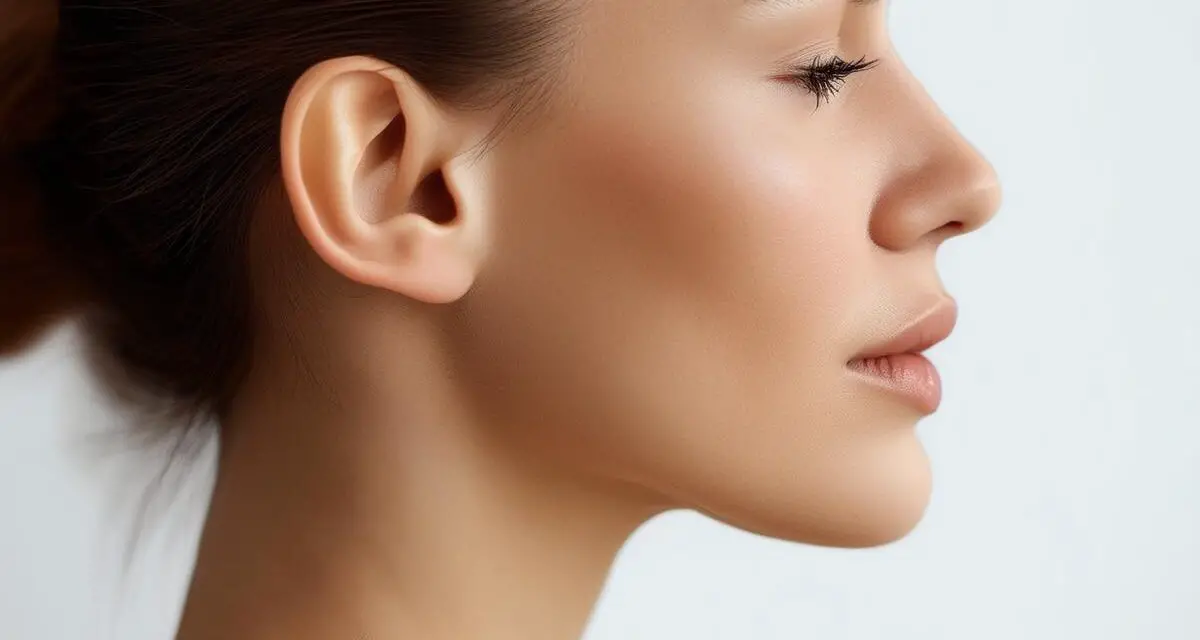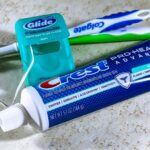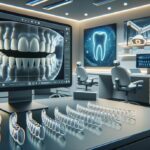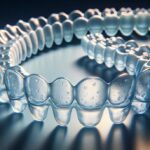Surgical Chin Augmentation
Chin enhancement surgery offers a spectrum of options to improve facial balance and symmetry. Genioplasty, a surgical technique, often focuses on either the use of implants or directly altering the bone structure for more pronounced changes. This procedure can be pivotal for individuals feeling their chin is too recessive or lacks definition.
Implants are a popular choice in genioplasty, commonly made from materials like silicone or polyethylene. Silicone molds well to the bone and rarely requires alterations during surgery. Conversely, polyethylene integrates inherently with a patient’s natural tissue, anchoring securely and reducing movement post-surgery. Each material brings its advantages, from silicone’s adaptability to polyethylene’s stability.
Sliding genioplasty, another surgical variant, restructures the chin by cutting the bone and moving it forward. This method is suited for enhancing chin projection and addressing dental concerns that a mere implant can’t correct. It secures the bone in its new position using plates and screws, ensuring a permanent solution with impactful, natural-looking results.
Patients contemplating chin surgeries should be aware these procedures aim to provide a harmonious balance among facial features, rather than merely amplifying chin prominence. The expected outcome includes a more defined jawline and an overall enhancement in facial symmetry, often boosting the patient’s self-confidence.
Each surgical technique has distinct processes, recovery times, and impacts. Those opting for implants may experience shorter recovery periods compared to those undergoing bone adjustments through sliding genioplasty. All procedures demand a comprehensive discussion with a cosmetic surgeon to align surgical outcomes with patient aspirations.
Non-Surgical Chin Augmentation
While surgical interventions for chin enhancement offer dramatic and long-lasting results, many opt for non-surgical alternatives to avoid the risks and downtime associated with surgery. These minimally invasive methods—including dermal fillers like hyaluronic acid and fat transfer procedures—can significantly enhance facial aesthetics with a much shorter recovery period.
Dermal fillers, particularly those based on hyaluronic acid, are among the most common means of non-surgical chin augmentation. Administered through a series of precise injections, these fillers can modify the contours of the chin by adding volume and definition. The beauty of this method lies in its simplicity and immediate results. A typical session lasts between 15 to 30 minutes, and the effects are visibly appreciable right away, although minor swelling and bruising may occur temporarily.
The longevity of results from dermal fillers varies, generally lasting from 6 to 18 months. This shorter-term solution allows flexibility in adjusting the chin’s appearance as facial contours naturally change over time. Procedures like these can be reversed or adjusted relatively easily, offering a trial opportunity for those considering more permanent solutions down the line. Regarding safety, while relatively low-risk, dermal fillers can cause side effects, such as allergic reactions, or in rare cases, vascular complications.
Fat grafting is another sophisticated technique providing a more natural alternative to traditional fillers. It involves harvesting fat cells from another part of the body—commonly the abdomen or thighs—purifying these cells, and then injecting them into the chin. Since the material injected is from the patient’s own body, the risk of allergic reactions is significantly diminished. The results of fat grafting can be more enduring than synthetic fillers, fostering a sense of permanence while still avoiding surgical interventions.
This method ensures a natural texture and feel of the augmented chin and benefits the donor site, which undergoes simultaneous contouring through liposuction. It’s important to note that fat transfer procedures generally involve a more extended recovery period than injectable fillers with possible swelling and bruising that may last a few weeks. Additionally, there is a variable degree of fat cell absorption over time, which might necessitate further injections to maintain the desired outcome.
These non-surgical approaches offer compelling advantages over traditional surgery, primarily due to their non-invasive nature, reduced recovery time, and reversible features. They serve as excellent options for those seeking quicker enhancements or those analyzing how changes may enhance their features before committing to permanent surgical alterations.
Combination Procedures
In the realm of cosmetic enhancement, combining multiple procedures to refine the chin’s appearance is not uncommon. This synergistic approach allows for a comprehensive enhancement that addresses several aesthetic concerns simultaneously, optimizing recovery time and outcomes. Typical combinations often involve both surgical and non-surgical methods, such as:
- Marrying dermal fillers with liposuction
- Pairing chin implants with rhinoplasty
Each combination is customized to meet the unique needs and desires of the patient.
One popular pairing is the use of dermal fillers alongside minimally invasive liposuction techniques. This pairing is especially beneficial for patients seeking both fat reduction under the chin and enhanced projection or definition. Liposuction removes excess fatty tissue, defining the jawline and neck contours, while fillers add precise volume to the chin, creating a harmoniously balanced profile. This combination can be particularly effective for individuals whose aesthetic goal is to refine and rejuvenate their lower face without the extended downtime associated with more invasive surgeries.
Another frequent scenario involves chin implants supplemented with rhinoplasty. This duo is often considered by those looking to achieve a more profound facial harmony, as resizing and reshaping the nose in conjunction with enhancing the chin can lead to a dramatically balanced visage. The strategic augmentation of the chin helps in stabilizing and enhancing the proportions altered by rhinoplasty, providing a cohesive aesthetic result that is pleasing to the eye.
Sometimes, patients may opt for sliding genioplasty integrated with orthognathic surgery. Such a combination is not purely cosmetic but also functional, especially suited for those with congenital issues or malocclusion—the misalignment of teeth and jaws. Here, the bone of the chin is cut and advanced, improving the lower facial profile, while simultaneously aligning the teeth and jaws to enhance oral functionalities. This comprehensive surgical approach improves facial aesthetics and boosts overall oral health and functionality, making it a potent solution for complex cases.
Deciding on a Procedure
Choosing the right chin augmentation procedure involves a blend of aesthetic desires, functional needs, and medical considerations. Prospective patients should begin by assessing the current symmetrical balance of their face—how the chin aligns with other facial features such as the nose, cheeks, and forehead. A well-proportioned face typically adheres to certain aesthetic standards, where the chin provides a natural contour that complements other features. If the chin is noticeably recessive or overly prominent, it might disrupt this balance, impacting overall facial harmony.
Personal aesthetic goals play a crucial role in selecting an appropriate procedure. Each individual has unique expectations regarding the enhancement of their chin. While some may seek a subtle refinement, others might desire a more pronounced change. Understanding these goals clearly and communicating them effectively with your cosmetic surgeon is vital. This clarity helps customize the surgical approach to meet the desired outcomes as closely as possible, ensuring patient satisfaction.
Medical history cannot be overlooked when deciding on chin augmentation. Factors such as past surgeries, current medications, allergies, and overall health condition directly influence the choice of procedure. For instance, patients with a history of significant dental issues or jaw misalignments might require a combination of orthognathic surgery and genioplasty to achieve both aesthetic and functional improvements. Similarly, those with certain skin conditions or autoimmune diseases may need to avoid certain types of fillers or opt for less invasive procedures to mitigate health risks.
Lifestyle considerations also bear significant weight. The chosen procedure should align with the patient’s ability to accommodate recovery time and postoperative care requirements. Professionals with minimal allowable downtime might prefer non-surgical options such as dermal fillers which offer immediate results with minimal recovery, whereas those who can accommodate longer rest periods may opt for surgical solutions like implants or bone restructuring for more permanent and transformative outcomes.
The centrality of an informed, transparent consultation with a board-certified plastic surgeon cannot be overstated. These professionals are not just surgeons; they are also advisors who guide patients through often complex decisions about which techniques will most effectively meet their goals while accounting for all health and lifestyle factors. Board certification is crucial as it displays a surgeon’s expertise in his field, assuring that they are well-versed with the latest advancements in surgical studies, and committed to adhering to the highest safety standards.
Chin Implant Material Comparison
Silicone and polyethylene stand as the primary materials utilized for chin implants, each with its distinct characteristics that influence longevity, risk profile, aesthetics, and integration with the natural tissues of the patient.
Silicone, frequently opted for due to its soft yet durable nature, conforms well to the patient’s jawline, providing immediate aesthetic enhancement. This material is highly favored for its versatility and ability to be shaped pre-operatively to match patient-specific anatomical requirements, allowing for a more personalized approach in achieving desired aesthetic outcomes. The inert nature of medical-grade silicone significantly limits the risk of adverse bodily reactions, making it a safe choice for many patients. However, while silicone implants offer smooth edges that blend well under the skin, they do not integrate into the surrounding tissues, which potentially could result in implant mobility or shifting if not properly secured during surgery.
On the other hand, polyethylene—marketed often under the brand name Medpor—is known for its porous structure that encourages tissue ingrowth. This characteristic enhances the stability of the implant by allowing the patient’s own tissues to penetrate the implant, thereby securing it more naturally within the chin structure.1 This integration offers a crucial advantage in terms of reducing the risks of shifting and displacement typically associated with silicone implants. Further adding to its appeal, polyethylene can be adjusted intra-operatively, providing surgeons the flexibility to carve and adjust the implant directly to the patient’s bone structure during implantation, thereby enhancing the contour precision and overall balance.
The integration of polyethylene with natural tissues not only bolsters its mechanical stability but also potentially prolongs the implant’s longevity by creating a more robust physical bond between the implant and the jawline. The risks associated with polyethylene revolves around its stiffness relative to silicone, which might render the end-feel slightly less natural in comparison and could present challenges during revision surgeries, owing to the tissue integration that could make the implant more difficult to adjust or remove.
Both materials are designed to last a lifetime, assuming no complications arise such as infection or significant trauma, making them effectively permanent solutions for chin augmentation. However, the choice between silicone and polyethylene should be a carefully considered decision based on a variety of factors including the patient’s anatomy, desired aesthetic outcome, potential long-term considerations, and their specific lifestyle. Consultation with a board-certified plastic surgeon who can assess these factors and provide a recommendation is crucial.
While both silicone and polyethylene implants offer effective solutions for achieving a more balanced and proportionate chin profile, they do so with differing implications for tissue interaction, potential risk, aesthetic outcome, and maintenance. Each material has its unique set of advantages that may be better suited for different cases, highlighting the importance of a thorough and customized approach in selecting the right material for chin implant surgery. Through an informed dialog with a skilled surgeon, patients can better understand how these materials might serve their specific needs and expectations effectively.
- Shah AR, Khokhawala L, Zoumalan CI. Polyethylene implant fixation techniques in genioplasty. Facial Plast Surg. 2019;35(2):174-178.









